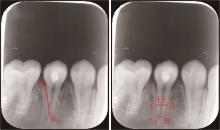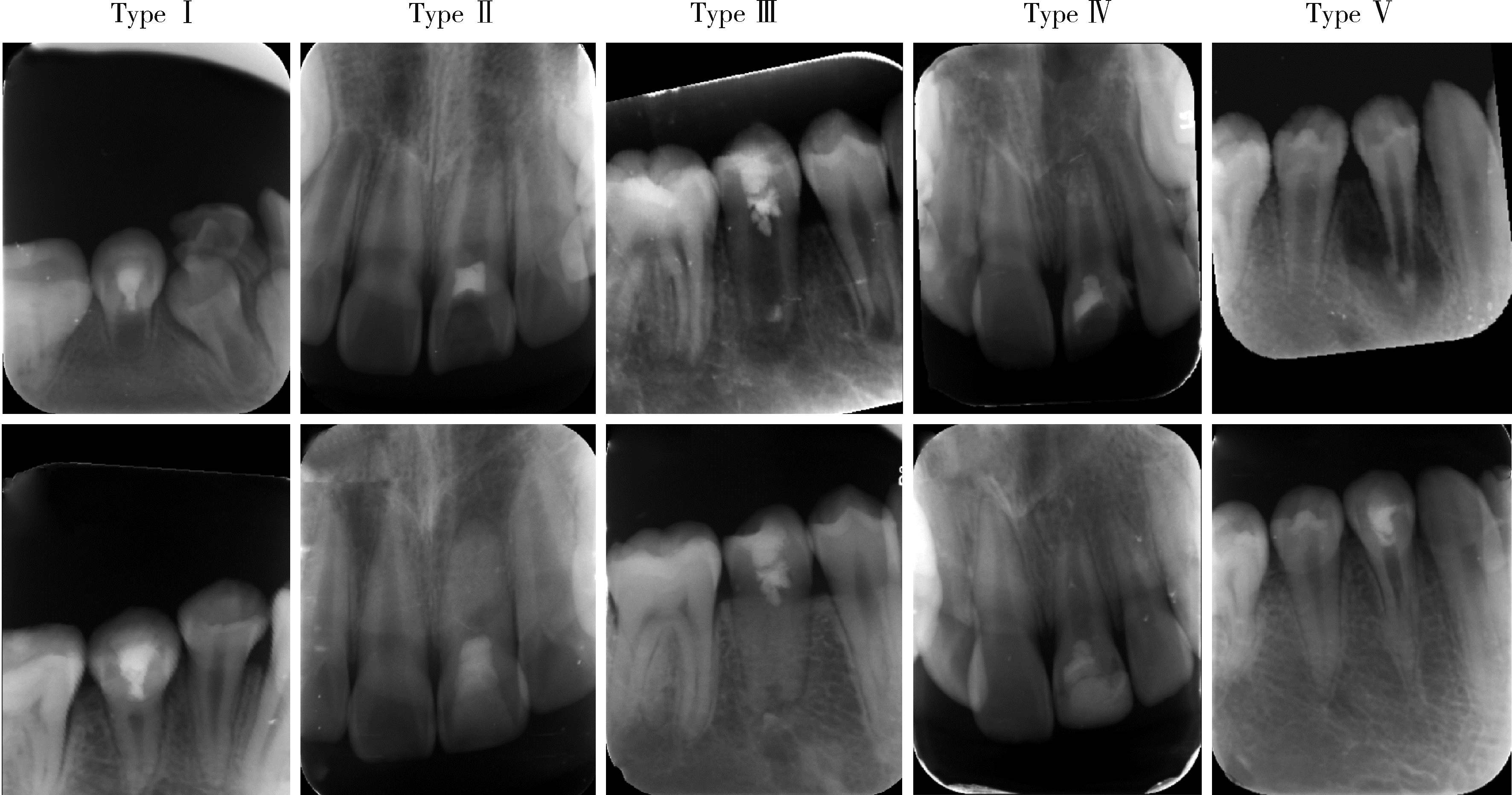Journal of Peking University (Health Sciences) ›› 2023, Vol. 55 ›› Issue (4): 729-735. doi: 10.19723/j.issn.1671-167X.2023.04.026
Previous Articles Next Articles
Retrospective evaluation of treatment outcomes in immature teeth treated with regenerative endodontic procedures with an over-36-month review
Yun-fei DAI,He LIU,Chu-fang PENG,Xi-jun JIANG*( )
)
- Department of Paediatric Dentistry, Peking University School and Hospital of Stomatology & National Center for Stomatology & National Clinical Research Center for Oral Diseases & National Engineering Research Center of Oral Biomaterials and Digital Medical Devices, Beijing 100081, China
CLC Number:
- R788.2
| 1 |
Cehreli ZC , Isbitiren B , Sara S , et al. Regenerative endodontic treatment (revascularization) of immature necrotic molars medicated with calcium hydroxide: A case series[J]. J Endod, 2011, 37 (9): 1327- 1330.
doi: 10.1016/j.joen.2011.05.033 |
| 2 |
Iwaya SI , Ikawa M , Kubota M . Revascularization of an immature permanent tooth with apical periodontitis and sinus tract[J]. Dent Traumatol, 2001, 17 (4): 185- 187.
doi: 10.1034/j.1600-9657.2001.017004185.x |
| 3 |
Almutairi W , Yassen GH , Aminoshariae A , et al. Regenerative endodontics: A systematic analysis of the failed cases[J]. J Endod, 2019, 45 (5): 567- 577.
doi: 10.1016/j.joen.2019.02.004 |
| 4 |
Saoud TM , Zaazou A , Nabil A , et al. Clinical and radiographic outcomes of traumatized immature permanent necrotic teeth after revascularization/revitalization therapy[J]. J Endod, 2014, 40 (12): 1946- 1952.
doi: 10.1016/j.joen.2014.08.023 |
| 5 |
Torabinejad M , Nosrat A , Verma P , et al. Regenerative endodontic treatment or mineral trioxide aggregate apical plug in teeth with necrotic pulps and open apices: A systematic review and meta-analysis[J]. J Endod, 2017, 43 (11): 1806- 1820.
doi: 10.1016/j.joen.2017.06.029 |
| 6 |
Shamszadeh S , Asgary S , Nosrat A . Regenerative endodontics: A scientometric and bibliometric analysis[J]. J Endod, 2019, 45 (3): 272- 280.
doi: 10.1016/j.joen.2018.11.010 |
| 7 |
Dohan DM , Choukroun J , Diss A , et al. Platelet-rich fibrin (PRF): A second-generation platelet concentrate. Part Ⅰ: Technological concepts and evolution[J]. Oral Surg Oral Med Oral pathol Oral Radiol Endod, 2006, 101 (3): e37- e44.
doi: 10.1016/j.tripleo.2005.07.008 |
| 8 |
Chan EKM , Desmeules M , Cielecki M , et al. Longitudinal cohort study of regenerative endodontic treatment for immature necrotic permanent teeth[J]. J Endod, 2017, 43 (3): 395- 400.
doi: 10.1016/j.joen.2016.10.035 |
| 9 |
Bose R , Nummikoski P , Hargreaves K . A retrospective evaluation of radiographic outcomes in immature teeth with necrotic root canal systems treated with regenerative endodontic procedures[J]. J Endod, 2009, 35 (10): 1343- 1349.
doi: 10.1016/j.joen.2009.06.021 |
| 10 |
Song M , Cao Y , Shin SJ , et al. Revascularization-associated intracanal calcification: Assessment of prevalence and contributing factors[J]. J Endod, 2017, 43 (12): 2025- 2033.
doi: 10.1016/j.joen.2017.06.018 |
| 11 |
Lin J , Zeng Q , Wei X , et al. Regenerative endodontics versus apexification in immature permanent teeth with apical periodontitis: A prospective randomized controlled study[J]. J Endod, 2017, 43 (11): 1821- 1827.
doi: 10.1016/j.joen.2017.06.023 |
| 12 |
Chen MYH , Chen KL , Chen CA , et al. Responses of immature permanent teeth with infected necrotic pulp tissue and apical periodontitis/abscess to revascularization procedures[J]. Int Endod J, 2012, 45 (3): 294- 305.
doi: 10.1111/j.1365-2591.2011.01978.x |
| 13 | Nolla CM . The development of the permanent teeth[J]. J Dent Child, 1960, 27, 254- 266. |
| 14 |
Jung IY , Kim ES , Lee CY , et al. Continued development of the root separated from the main root[J]. J Endod, 2011, 37 (5): 711- 714.
doi: 10.1016/j.joen.2011.01.015 |
| 15 |
Banchs F , Trope M . Revascularization of immature permanent teeth with apical periodontitis: New treatment protocol?[J]. J Endod, 2004, 30 (4): 196- 200.
doi: 10.1097/00004770-200404000-00003 |
| 16 | Civinini R , Macera A , Redl B , et al. The use of autologous blood-derived growth factors in bone regeneration[J]. Clin Cases Miner Bone Metab, 2011, 8 (1): 25- 31. |
| 17 |
Yassen GH , Sabrah AHA , Eckert GJ , et al. Effect of different endodontic regeneration protocols on wettability, roughness, and chemical composition of surface dentin[J]. J Endod, 2015, 41 (6): 956- 960.
doi: 10.1016/j.joen.2015.02.023 |
| 18 |
Shah N , Logani A , Bhaskar U , et al. Efficacy of revascularization to induce apexification/apexogensis in infected, nonvital, immature teeth: A pilot clinical study[J]. J Endod, 2008, 34 (8): 919- 925.
doi: 10.1016/j.joen.2008.05.001 |
|
||



